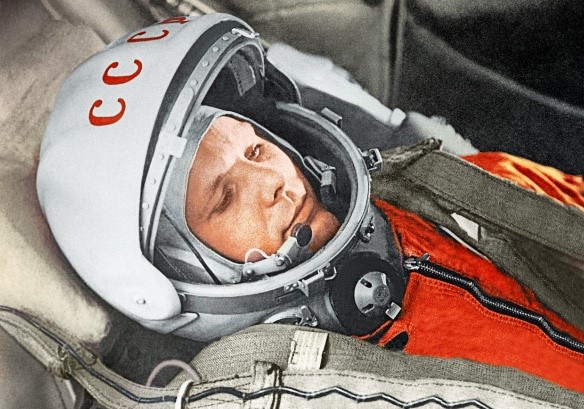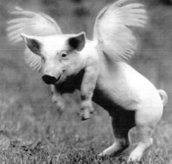Christmas in the Air
2025年12月8日
 Walk through your local shopping center this time of year and you are bound to hear piped through the speakers a handful of the thousands of songs with a Christmas theme. For the most part, these songs are divided into two camps: secular and spiritual with the main difference being that the spiritual songs are about the birth of Jesus (“Silent Night” and “Joy to the World”), and secular ones are not (“Jingle Bells” and “Last Christmas”).
Walk through your local shopping center this time of year and you are bound to hear piped through the speakers a handful of the thousands of songs with a Christmas theme. For the most part, these songs are divided into two camps: secular and spiritual with the main difference being that the spiritual songs are about the birth of Jesus (“Silent Night” and “Joy to the World”), and secular ones are not (“Jingle Bells” and “Last Christmas”).
 The traditional songs, some dating back to the Middle Ages and some as recent as the early 1900s, are referred to as Christmas carols. A carol is a song of joy and praise which is appropriate as they sing of the birth of Jesus which 2,000 years ago the angels declared was meant to bring joy to all people.
The traditional songs, some dating back to the Middle Ages and some as recent as the early 1900s, are referred to as Christmas carols. A carol is a song of joy and praise which is appropriate as they sing of the birth of Jesus which 2,000 years ago the angels declared was meant to bring joy to all people.
Some Christmas carols that I am very fond of include “O Holy Night,” “God Rest Ye Merry Gentlemen” and “O Come All Ye Faithful.” Their lyrics tell the true story of Christmas in a way that touches the heart. At the pinnacle of my Christmas carol list sits “O Come, O Come Emmanuel” which unbeknownst to most people is the ultimate cry of every heart as they seek the peace that only comes from being reunited with their Creator.
 It takes little effort to recognize that all is not right in our world from global conflicts to strife in homes and individual breakdowns. The uncertainty, pain and suffering that is all around can feel enormous. Yet, the declaration being made through “O Come, O Come Emmanuel” remains as true as it was when it was written hundreds of years ago, and that is we can rejoice because Jesus, aka Emmanuel (“God with us” in Hebrew), has come to us to restore the broken relationship between God and humanity which is the ultimate reason for all the uncertainty, pain and suffering in the world. My prayer this Christmas is that you embrace the true message of Christmas which will fill your heart with the peace and love of God that goes beyond understanding. Here is a great rendition of “O Come, O Come Emmanuel” by the band For King & Country. A blessed and very Merry Christmas to you and yours, Erik
It takes little effort to recognize that all is not right in our world from global conflicts to strife in homes and individual breakdowns. The uncertainty, pain and suffering that is all around can feel enormous. Yet, the declaration being made through “O Come, O Come Emmanuel” remains as true as it was when it was written hundreds of years ago, and that is we can rejoice because Jesus, aka Emmanuel (“God with us” in Hebrew), has come to us to restore the broken relationship between God and humanity which is the ultimate reason for all the uncertainty, pain and suffering in the world. My prayer this Christmas is that you embrace the true message of Christmas which will fill your heart with the peace and love of God that goes beyond understanding. Here is a great rendition of “O Come, O Come Emmanuel” by the band For King & Country. A blessed and very Merry Christmas to you and yours, Erik























































































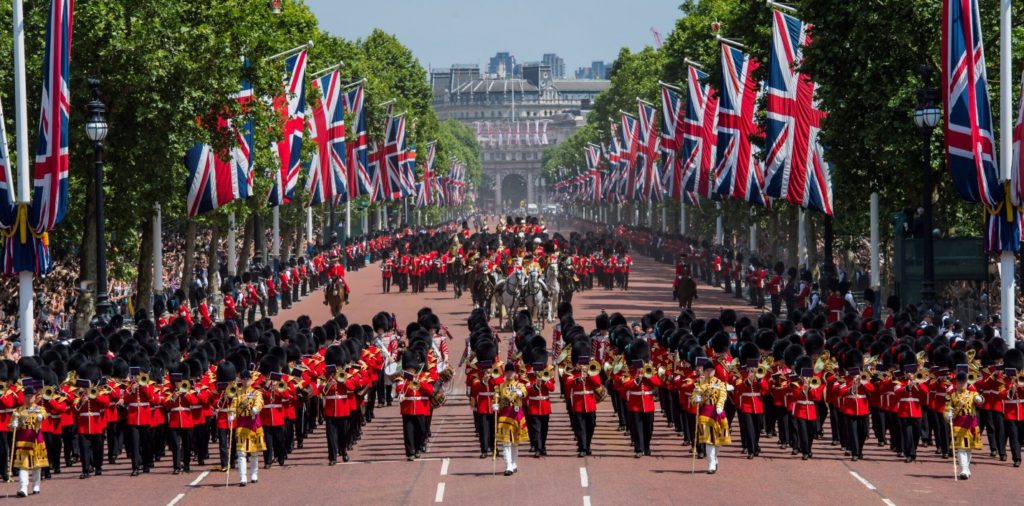












































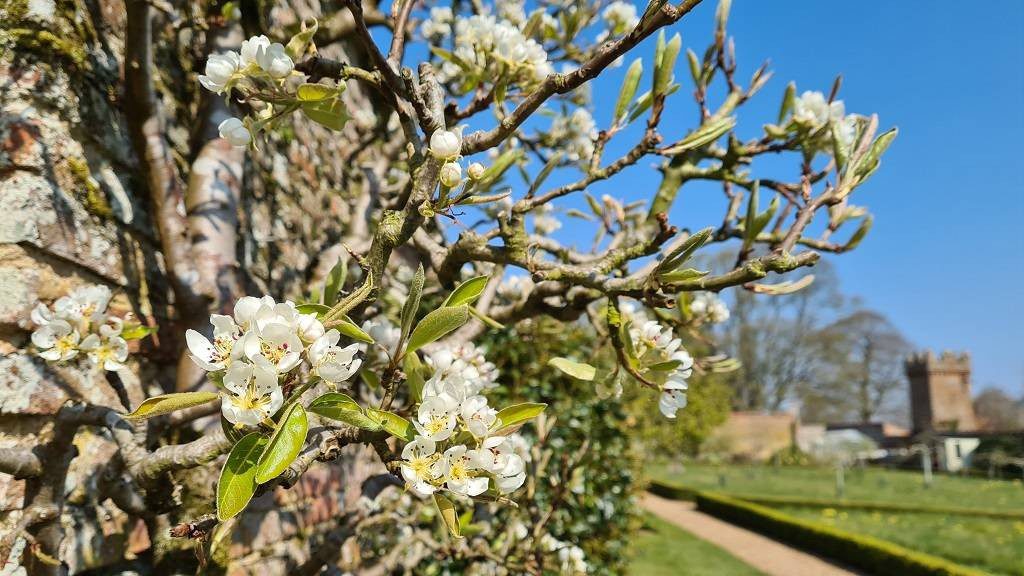











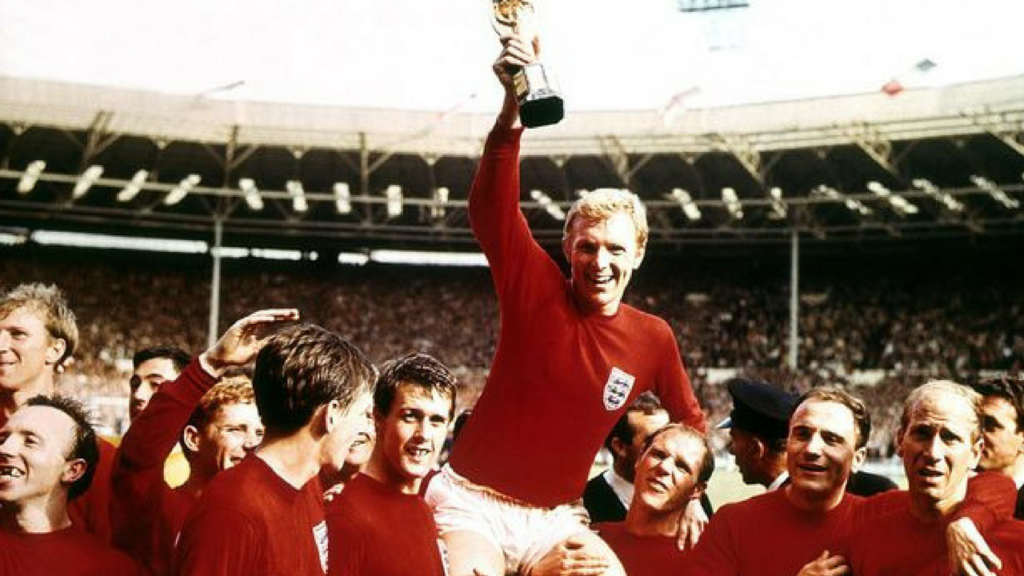











































































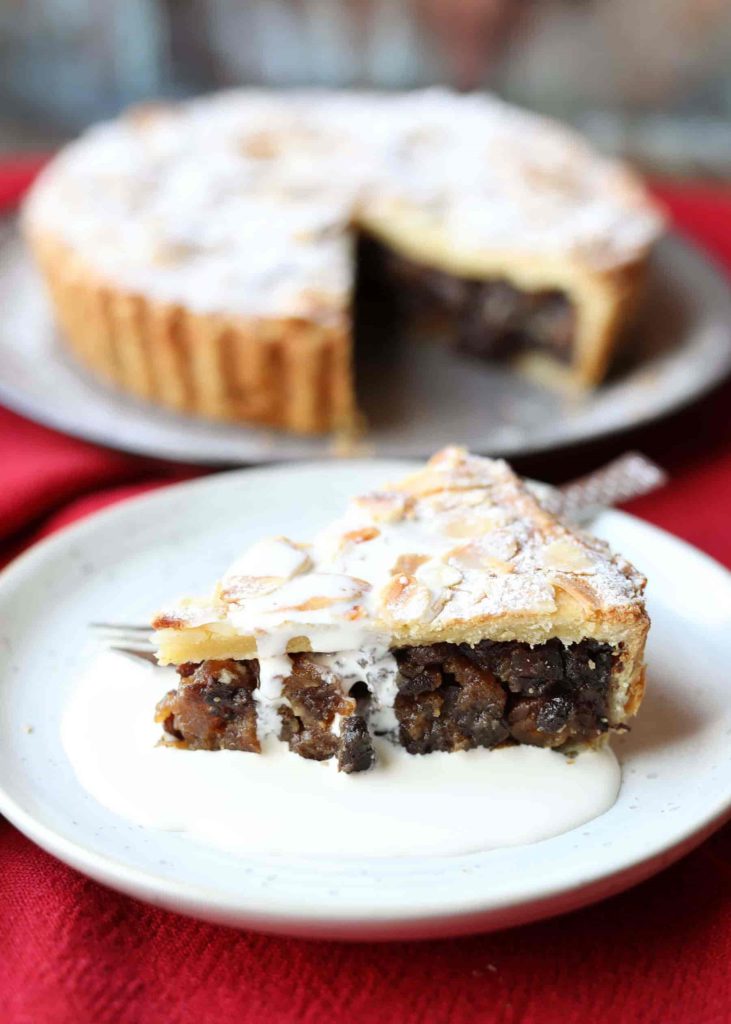





















































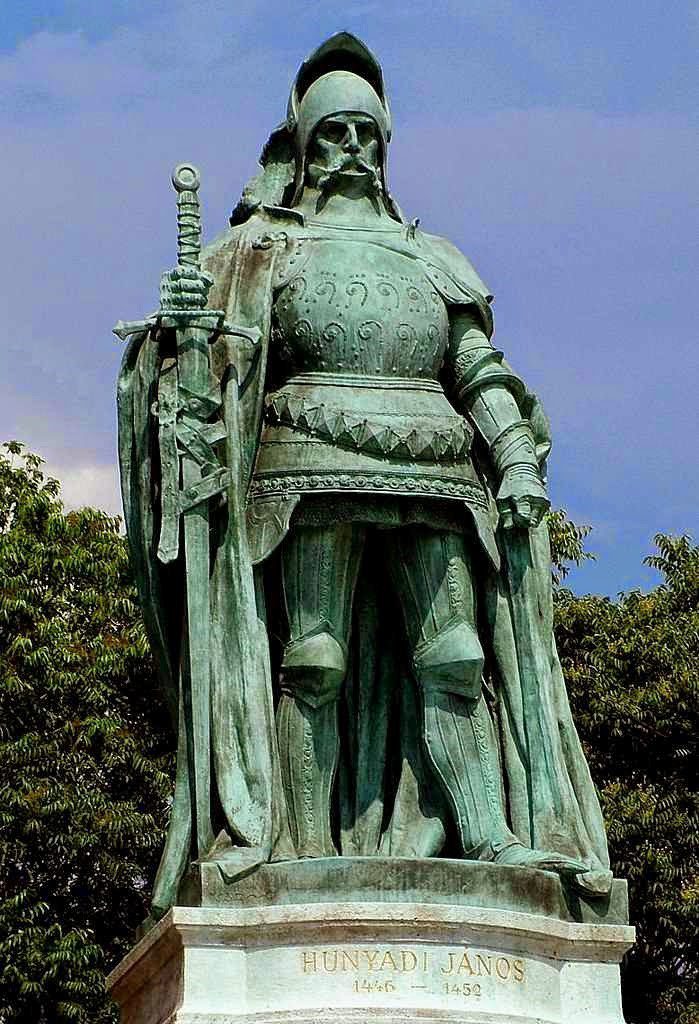








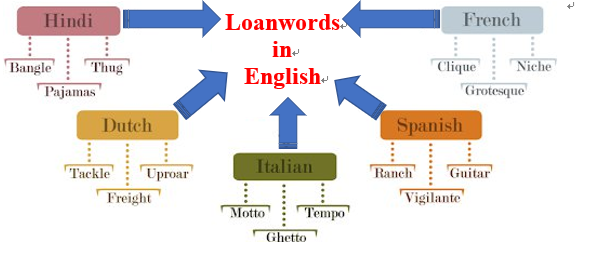










































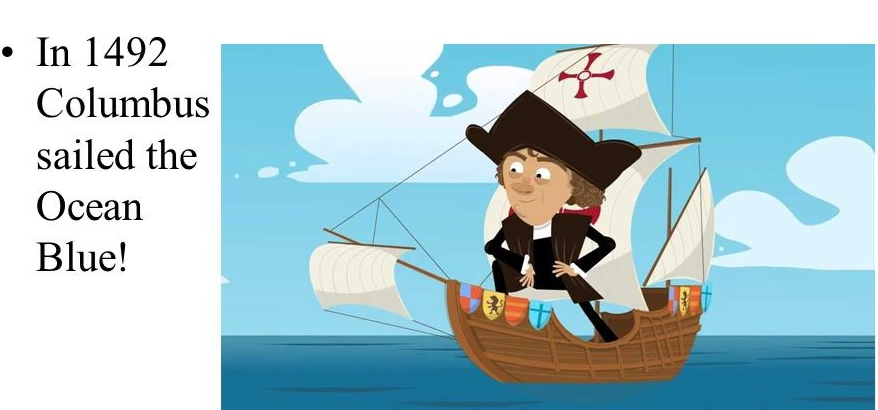





















































































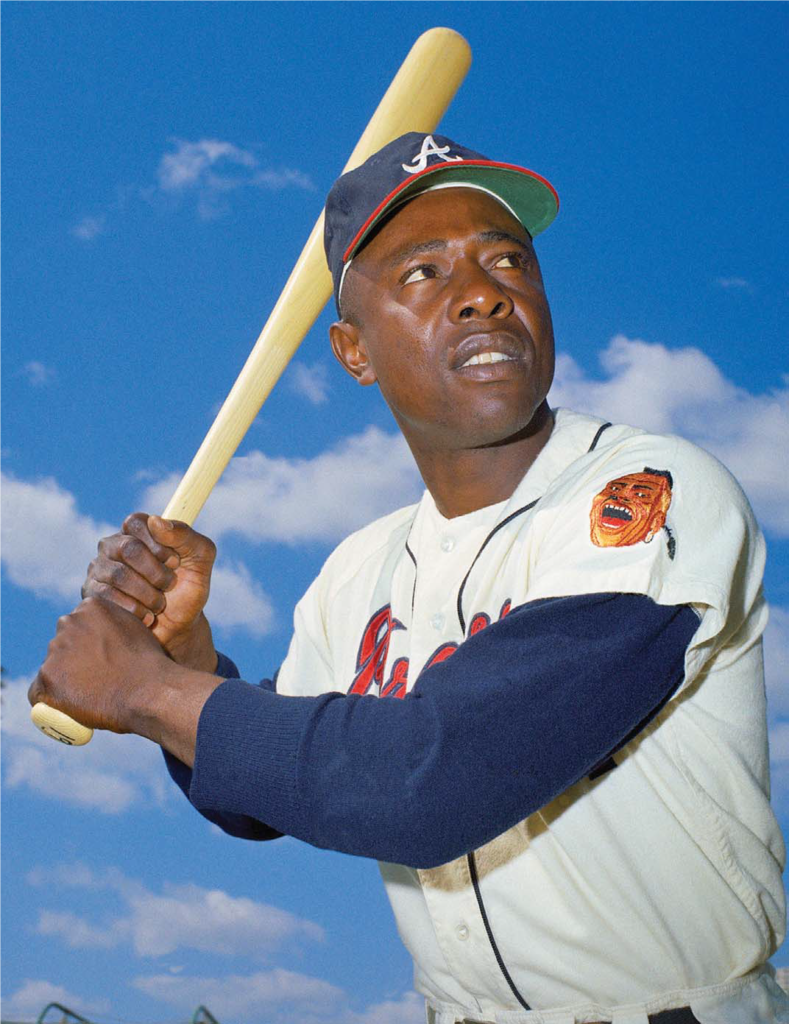













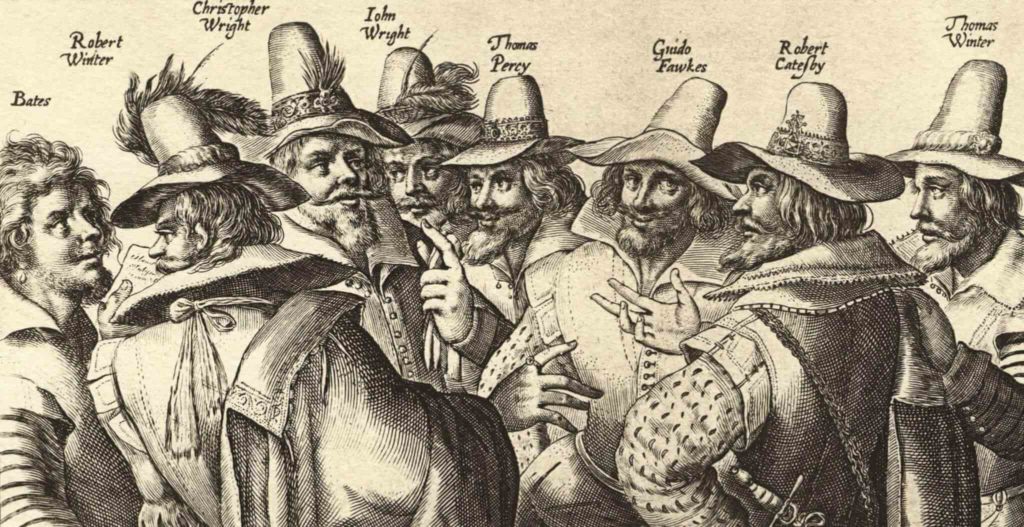

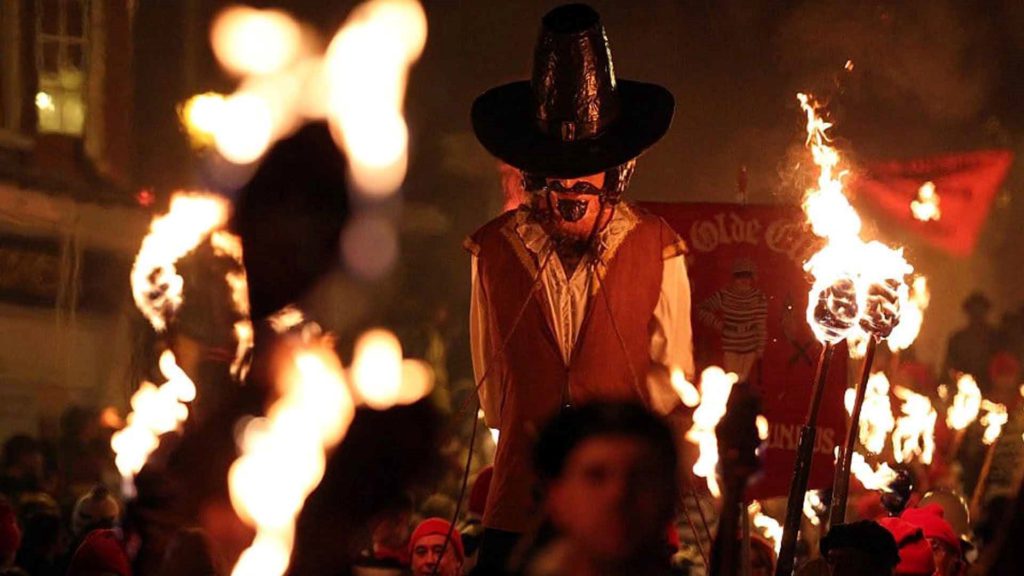


























































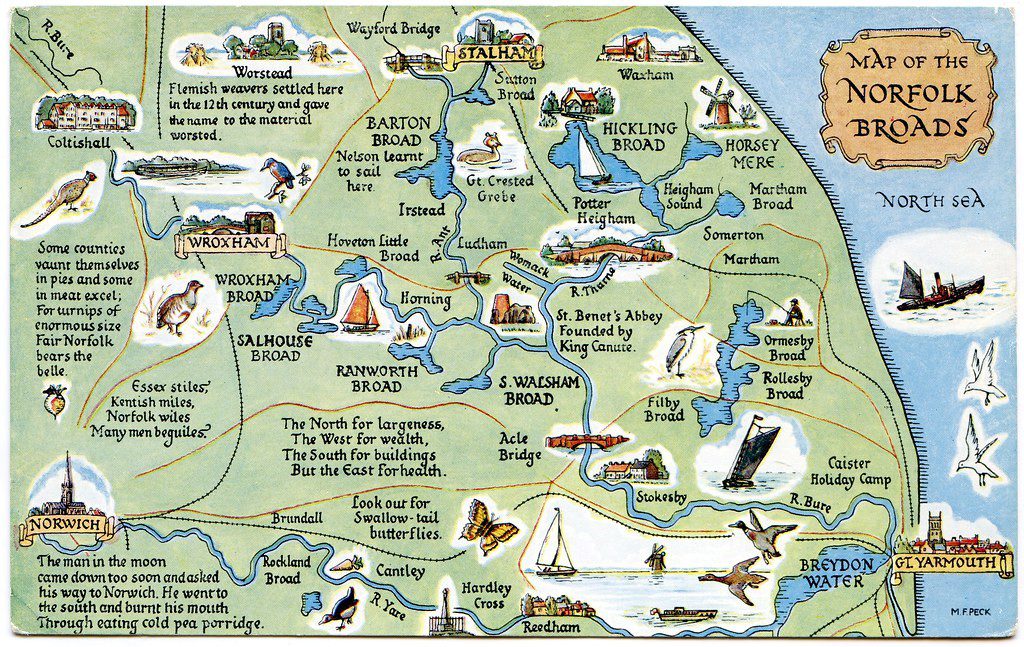






















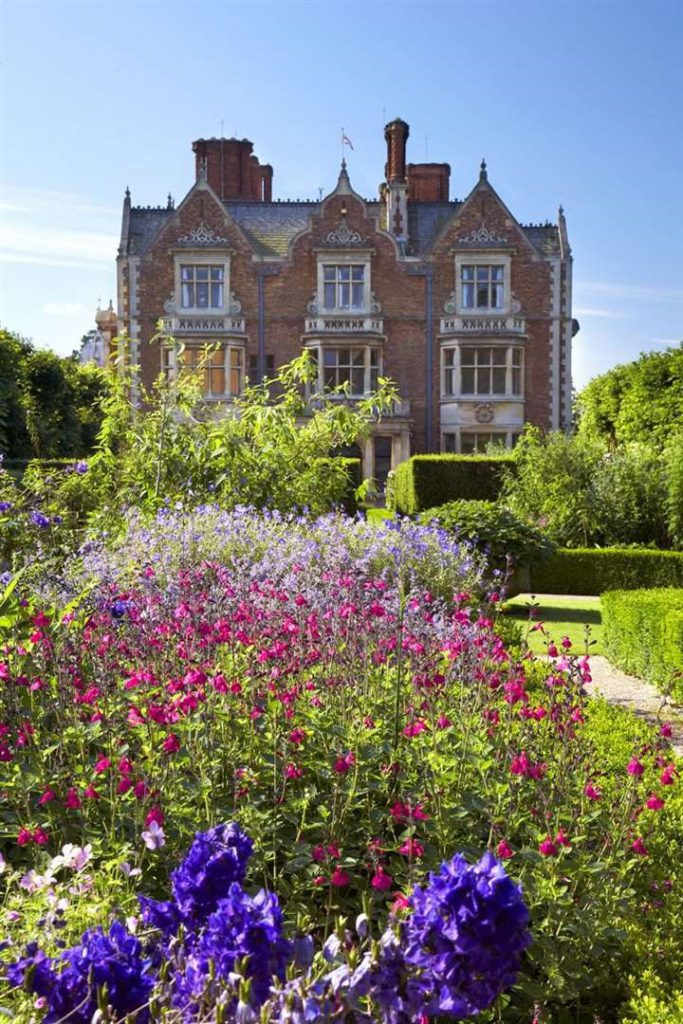






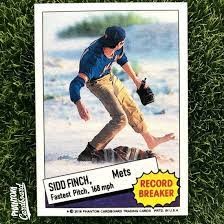
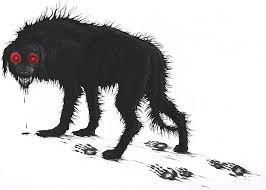

 Space.
Space.